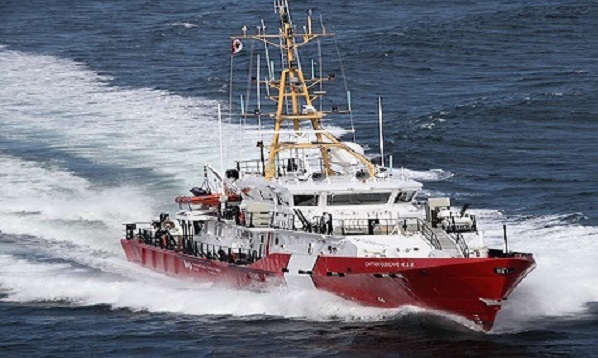Nine ships delivered by Irving Shipbuilding Inc., are plagued with faults that could endanger the crew at sea.
The vessels are mid-shore patrol ships built by Irving as part of a 2009 contract from the government amounting to some $227 million. The ships were delivered to the Canadian Coast Guard from 2012 to 2014. Two of the vessels are stations on each coast and five are in the Great Lakes.
A report from the CBC said warranty claims by the coast guard include: faulty wiring, polluted water tanks, premature corrosion and gearbox failure.
Another issue was that the patrol ships were prone to ice buildups which if not acted on could cause the vessel to capsize.
Irving said the vessels were all certified and any warranty claims will be dealt with, according to the report.
Vanguard contacted Irving for a comment but we have not yet received a response from the company.
RELATED CONTENT
Flaw found in coast guard ship design
Irving, government reach on AOPS build contract
Some three years ago, the Union of Canadian Transportation Employees (UCTE) brought before the coast guard its concerns about the Hero-class vessels built by Irving.
The UCTE said the ships were not sufficiently up to safety standards and that there were problems that were not mitigated at the time the vessels were designed and built.
The Hero-class ships are 43-metre vessels that are the Canadianized version of the Dutch-designed Damen Stan 4200 patrol vessel – a ship that is used in several countries.
According to a news report from the Chronicle Herald in December 2015, among the unions concerns were around the issues of: water could flow from compartment to compartment putting the ship at risk; rolling stabilization; the ability to lower lifeboats with crew onboard; and major fire protection issues.
At the time, the news report said 11 issues were dealt with and five still remained. A representative from the union’s Atlantic branch said he could not understand why the coast guard accepted the ships in this condition.
The vessels were designed and constructed under the guidance of Lloyd’s Register and met Transport Canada safety requirements and the coast guard signed off an assurance of voluntary compliance to mitigate safety issues, according to the report.


Comments are closed.